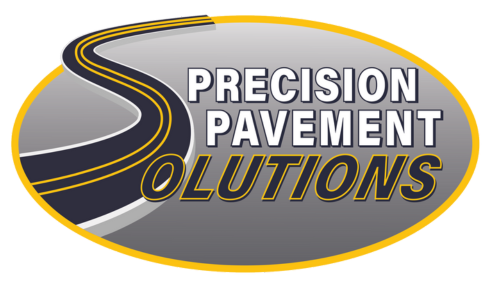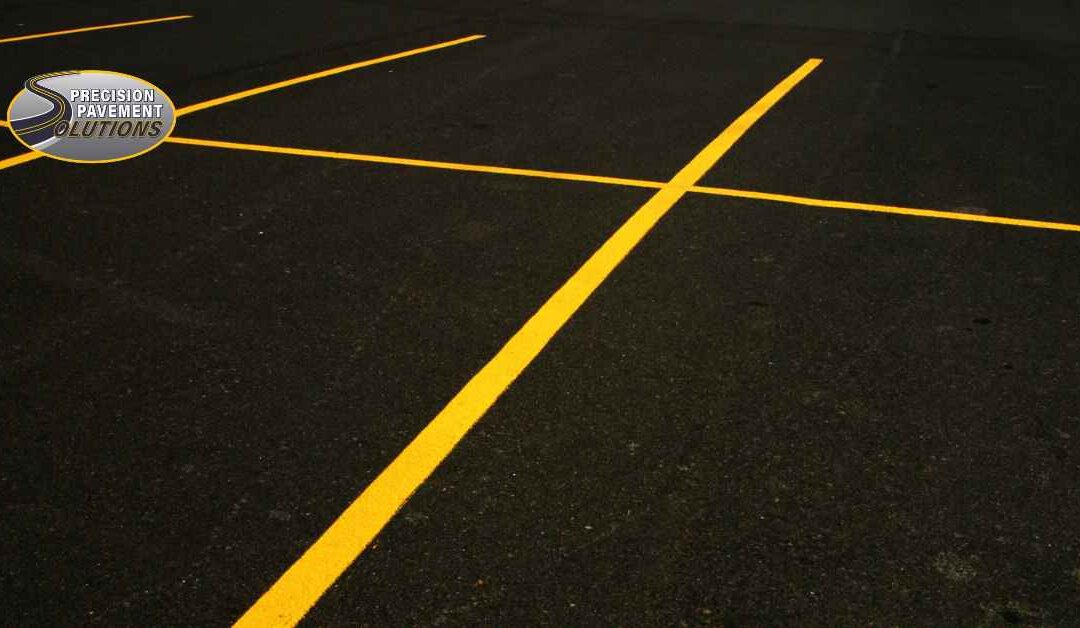Choosing the right parking lot stripe paint is crucial for any commercial or residential area looking to enhance safety, optimize space, and improve overall aesthetics. This comprehensive guide will help you navigate the various types of parking lot marking paint available, ensuring that your striping parking project adheres to the highest standards.
Whether you’re curious about how long parking lot paint takes to dry, how much to stripe a parking lot, or the best practices for park line asphalt maintenance, this guide covers all the essentials. By understanding these factors, you’ll be better equipped to make informed decisions about how much to paint parking lot lines and select the best parking lot paint striping solutions to meet your needs.
Understanding Parking Lot Stripe Paint
Parking lot stripe paint is crucial for delineating clear, visible lines that organize space and maintain safety in parking areas. Using the right paint ensures that parking lot markings are durable and effective, guiding drivers and pedestrians alike.
Different Types of Paint Used for Striping
Selecting the appropriate paint for striping parking areas depends on various factors, including traffic volume and weather conditions. Here are a few commonly used types:
Water-Based Acrylics
Water-based acrylic paints are a popular choice for parking lot striping due to their environmental friendliness and ease of use. They emit lower levels of volatile organic compounds (VOCs), making them safer for both applicators and the environment. These paints dry quickly and provide good color retention and visibility. However, they may not be as durable as other options under heavy traffic or extreme weather conditions, necessitating more frequent touch-ups.
- Pros: Safe for the environment, low odor, and easier to clean up.
- Cons: May wear quickly in areas with heavy traffic or harsh weather.

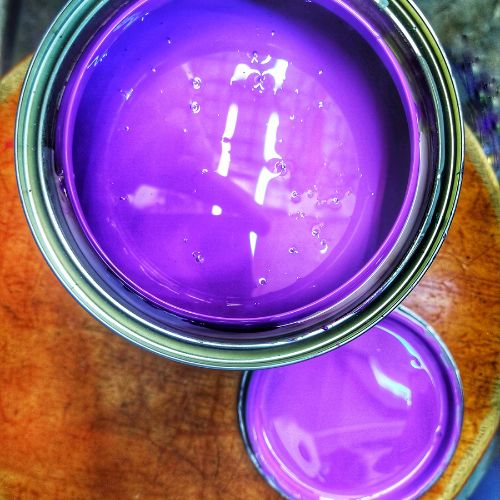
Solvent-Based Paints
Solvent-based paints are known for their durability and strong adhesion properties. They can withstand harsh weather conditions and heavy vehicular traffic, making them suitable for busy parking lots. These paints offer vibrant colors and long-lasting lines but come with the downside of higher VOC emissions and a strong odor during application, which can be a concern in areas with strict environmental regulations.
- Pros: Offers excellent durability and vibrant colors for high visibility.
- Cons: Potentially harmful environmental effects and strong odors.
Thermoplastic
Thermoplastic paint is a pre-formed material that is melted and then applied to the road surface, where it cools and hardens. This type of paint is extremely durable, lasting several times longer than traditional paints under similar conditions. It is highly reflective, which increases visibility at night and during poor weather conditions. The initial cost and the need for specialized application equipment make it a more expensive option, but its longevity can offset these costs over time.
- Pros: Top choice for longevity and retro-reflectivity, enhancing night visibility.
- Cons: Requires professional installation and higher upfront costs.
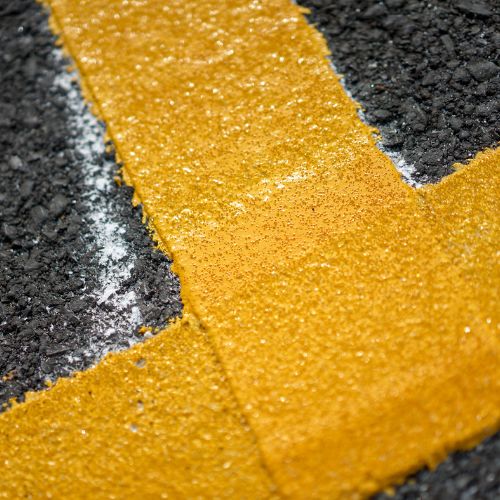
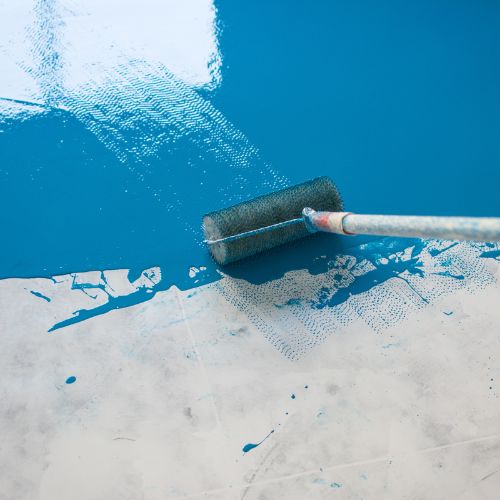
Epoxy
Epoxy paints are a two-component system that combines a resin and a hardener, resulting in a highly durable and resistant finish. This type of paint is excellent for areas with high traffic volumes as it adheres strongly to asphalt and concrete surfaces and resists chemicals, wear, and weather. Epoxy striping is less affected by fluctuations in temperature and is known for its long-lasting visibility and brightness. However, its application is more complex and usually requires professional handling.
- Pros: Resistant to wear, chemicals, and weather; ideal for busy parking lots.
- Cons: Complex application process and higher cost compared to other options.
Factors to Consider When Choosing Stripe Paint
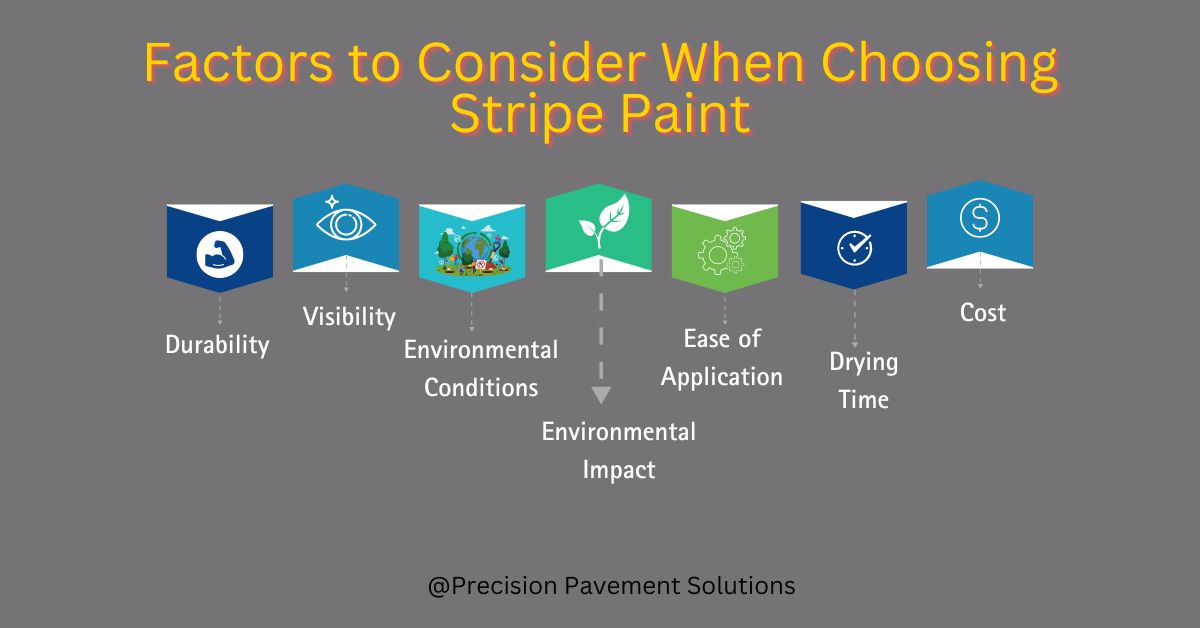
Selecting the right parking lot stripe paint involves several crucial factors. In this section, we’ll discuss the importance of durability, visibility, and environmental conditions, as well as the environmental impact, ease of application, drying time, and cost considerations to guide how much to stripe a parking lot effectively.
Durability
Durability is key for maintaining vibrant and effective parking lot markings over time, reducing the need for frequent reapplications.
Visibility
For safety and compliance, high visibility in parking lot marking paint is essential, especially in low-light conditions.
Environmental Conditions
The chosen paint must withstand local environmental conditions—whether it’s extreme cold, heat, or precipitation.
Environmental Impact
Consider environmentally friendly paints to minimize the impact on the surrounding ecosystem.

Ease of Application
Some paints require specific equipment and expertise for proper application, influencing the overall cost and timeline of the project.
Drying Time
Understanding how long parking lot paint takes to dry is important to minimize downtime and avoid smudging.
Cost
Estimate the cost of striping a parking lot and painting parking lot lines to ensure the project stays within budget.
Preparation and Application
Proper preparation and application are key to ensuring the longevity and effectiveness of parking lot markings. This section provides detailed steps for preparing the parking lot before striping and the best parking lot striping practices for application, including optimal temperature conditions and cleaning techniques to ensure the best possible outcome.
Steps for Preparing the Parking Lot Before Striping
Conduct thorough cleaning to ensure the paint adheres well.
Address any surface damages, such as cracks or potholes.
Precisely mark out areas to ensure straight and evenly spaced lines.
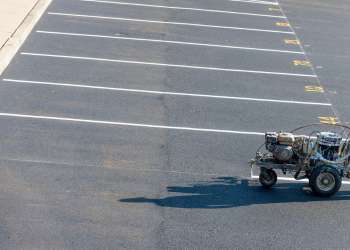
Best Practices for Application
- Choose the right temperature and weather conditions for application to ensure the best results.
- Clean the surface just before applying the paint to ensure it adheres properly.
- Utilize professional striping equipment for uniform thickness and straight lines.
Tips for Maintenance and Touch-Ups
Routine maintenance, including park line asphalt maintenance, is vital for extending the lifespan of the parking lot markings. Regular inspections and prompt touch-ups will keep the markings clear and visible, ensuring safety and compliance. Moreover:
Schedule routine inspections with professionals to identify early wear and fading of lines.
- Address any fading or damage immediately to maintain visibility and effectiveness.
- Keep the parking lot clean to enhance the durability and visibility of the markings.
- Ensure compatibility and longevity by using the same high-quality paint for initial and touch-up applications.
- Adjust maintenance frequency based on traffic volume and areas of high wear.
- Adhere to the paint manufacturer’s recommendations for maintenance to ensure optimal performance.
- Keep records of all maintenance activities for future reference and planning.
In Conclusion
Choosing the right parking lot stripe paint involves considering multiple factors, from environmental impact and visibility to cost and ease of application. With proper planning, preparation, and maintenance, your parking lot paint striping will serve its purpose effectively, making your parking area safe and welcoming for all users.
Parking Lot Stripe Paint FAQs
How Long Does Parking Lot Paint Take to Dry?
The drying time for parking lot paint varies depending on the type of paint used and environmental conditions. Under ideal conditions, water-based paints typically dry within 30 minutes to an hour, while solvent-based paints may take a bit longer. Temperature and humidity play significant roles in drying times; cooler and more humid conditions can extend drying periods.
How Much to Stripe a Parking Lot?
The cost to stripe a parking lot depends on several factors, including the size of the area, the number of parking spaces, the complexity of the layout, and local labor rates. On average, striping can cost anywhere from $3 to $6 per linear foot. A typical small parking lot can range from $500 to $700, whereas larger lots can cost several thousand dollars.
How Much to Paint Parking Lot Lines?
Painting parking lot lines typically falls under the broader cost of striping a parking lot. Costs can vary based on the type of paint used, the condition of the parking lot surface, and the geographic location. Generally, painting lines might cost around $0.20 to $0.60 per linear foot, but prices can increase if specialized paint or reflective coatings are required.
What Color Should the Paint Stripes Be in a Parking Lot?
The most common colors for parking lot stripes are white and yellow. White is typically used for general parking spaces, while yellow is often used for lines that indicate restricted areas, such as no-parking zones or loading zones. Blue is commonly used for marking handicapped-accessible spaces. Local regulations or specific property management policies may influence the choice of color.
What Is the Spacing for Parking Lot Lines?
Standard parking lot lines are typically spaced about 9 to 10 feet apart from each other, providing enough room for most vehicles to park comfortably. This spacing can vary slightly depending on the type of parking (angled or perpendicular), the size of the parking lot, and the types of vehicles expected (compact cars vs. larger vehicles). Local codes may also dictate specific requirements.
